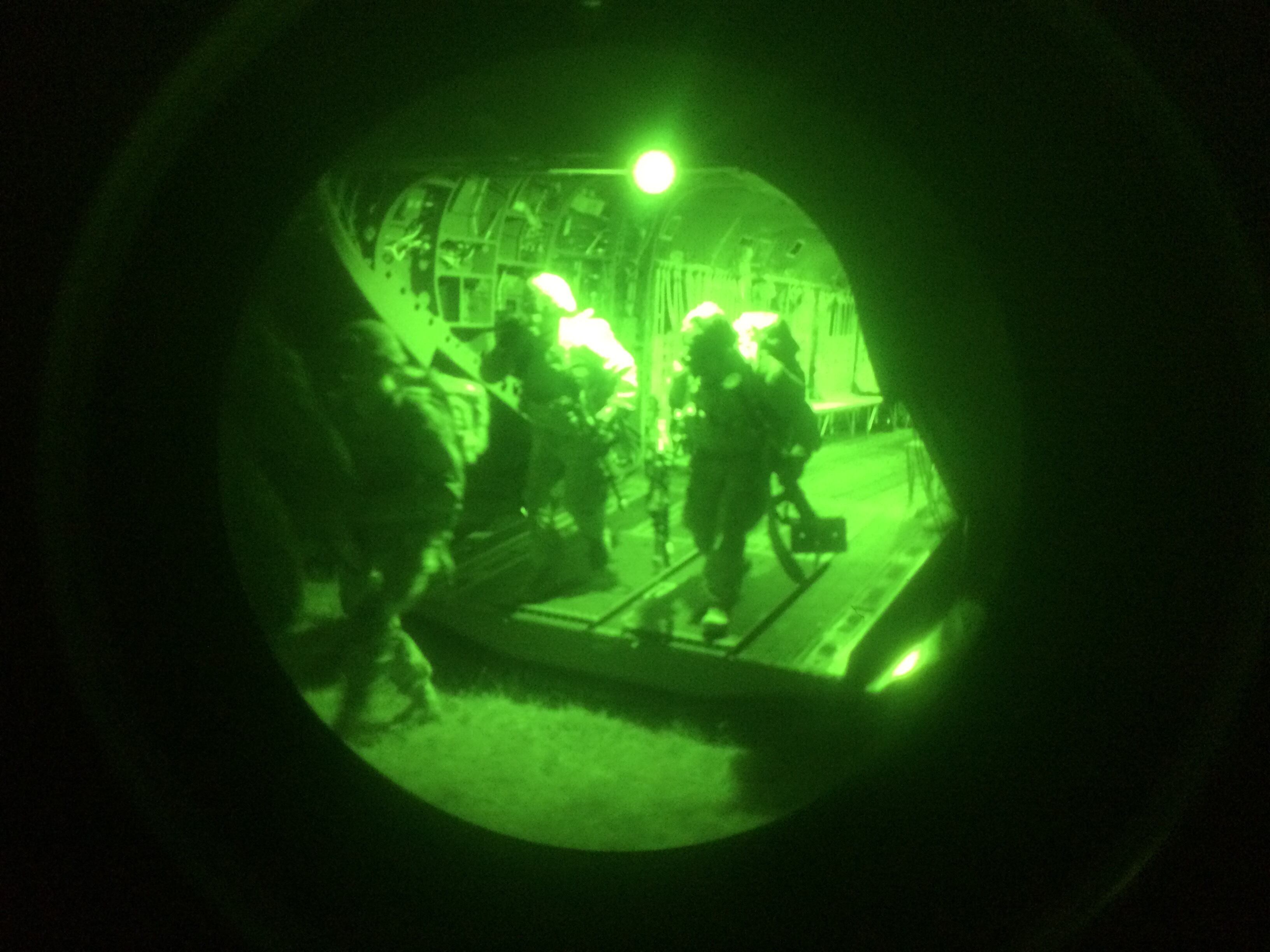The Army is coming to grips with the notion that with a rapidly changing world and threat environment, intelligence must adapt in kind.
The Army is taking direct aim at intelligence practices with major revisions to the publication of Training and Doctrine Command's "U.S. Army Functional Concept of Intelligence 2020-2040," dated for February 2017.
The document is a revision to the previous iteration published in 2010 that covered an applicability period from 2016-2028.
"Enemies will employ countermeasures to avoid detection and cloud efforts to develop situational understanding; therefore, Army forces must be prepared to employ multi-disciplinary intelligence, simultaneously through multiple domains, and operate under conditions of uncertainty," Lt. Gen. H. R. McMaster, who at the time of the document's publication was the director of the Army Capabilities Integration Center, wrote in the forward. "This concept serves as a foundation for developing future intelligence capabilities and helps Army leaders think clearly about future armed conflict, learn about the future through the Army's campaign of learning, analyze future capability gaps and identify opportunities, and implement interim solutions to improve current and future force combat effectiveness."
McMaster is the presumed national security adviser to President Donald Trump.
The update revises the foreword and updates the background operational context and assumptions that provide the basis for solutions as well as the military problem, central ideas and solutions themselves, among other things.
Further additions and revisions include appendices on science and technology, risks of adopting the concept, intelligence teams, an operational vignette, a force modernization strategy, and elaboration on each challenge identified in the second chapter, among others.
The challenges identified in chapter two, among others, include:
- Developing and sustaining a high degree of situational understanding while operating in complex environments.
- Supporting a regionally aligned, globally responsive force.
- Supporting expeditionary, dispersed, decentralized and semi-independent operations in multiple domains.
With the Army’s — as well as the joint force’s — preparation for a multi-domain battle, the service will have to navigate in nontraditional maneuver spaces such as space, cyber and the electromagnetic spectrum. The convergence of signals intelligence, electronic support measures for electronic warfare and cyberspace operations provides "the foundation for multi-function capabilities to support the commander across domains to seize, retain, and exploit the initiative in both cyberspace and the electromagnetic spectrum while simultaneously protecting the mission command system," the document said.
These multi-disciplined intelligence professionals will support the full scope of offensive, defensive and Defense Department information network operations with analysts in cyber providing comprehensive, virtual, temporal and physical understanding of the threat to commanders.
The document noted the importance of intelligence forces operating in cyberspace in support of the military decision-making process.
Additionally, the document revised required capabilities to include the collection of environmental and threat signatures and critical and creative analysis. In regard to these factors, operating environments are continuously becoming more complex, from urban to remote, with nation states and non-state actors. As such, the Army must:
- Develop sensors to help understand non-military aspects of the environment to include power grid capacity, water supply purity, air quality, urban weather phenomena, resource scarcity or sewer system capacity.
- Utilize human terrain mapping to understanding societal, economic, political, historical and cultural aspects, and keep pace with changes in human behavior.
- Develop platform flexible sensors that can report across the network to a common processor.
- Develop sensors to keep pace with peer or near-peer conventional capabilities.
On critical and creative analysis, the strategy noted that analysis is a "methodical, continuous, cognitive process that requires a strategy, models, and tools which make the analyst effective" and, as such, the Army’s default strategy for analysis centers on observing and understanding the threat.
However, the threat may not always be the deciding factor for mission accomplishment in future operating environments. To remedy that, according to the document, the Army must:
- Employ advanced analytics (advanced techniques applied against complex problems) that encompass a clear strategy, flexible models, and supportive tools and skills.
- Advance a holistic approach to analysis.
- Approach analysis as a mystery rather than a puzzle, as intelligence analysis will require creativity and imagination against nontraditional problems.
Mark Pomerleau is a reporter for C4ISRNET, covering information warfare and cyberspace.








